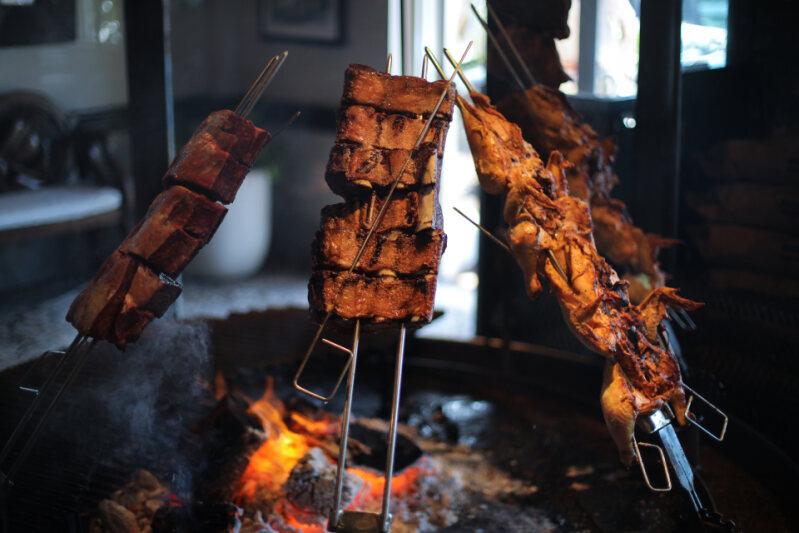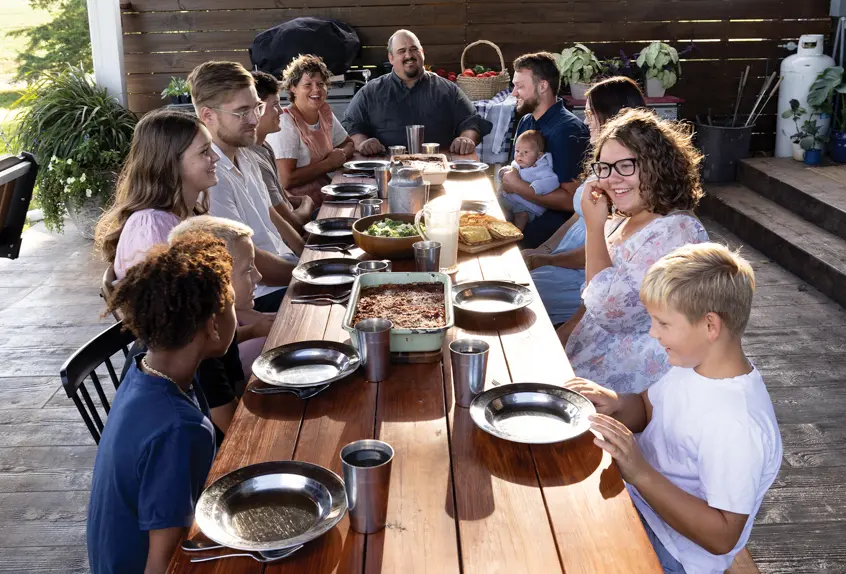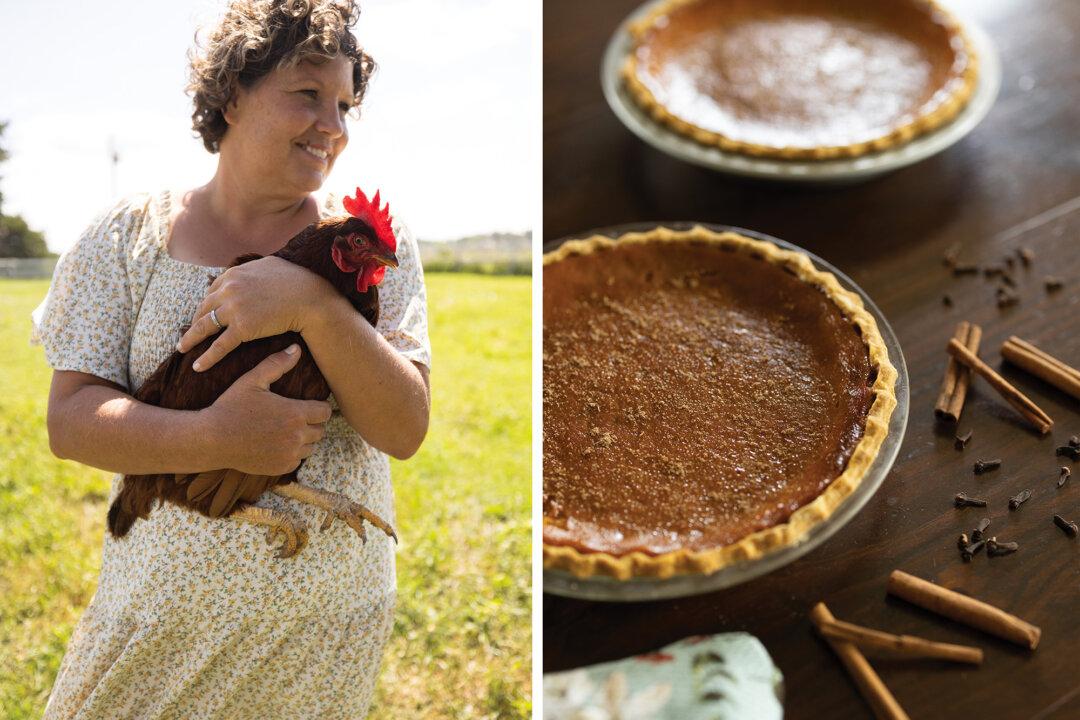Leo Graziano began working at his family’s butcher shops in Buenos Aires, Argentina when he was 8 years old. Growing up at his father’s knee, he helped make sausages and cut steaks, and he accompanied the other butchers on truck rides to the slaughterhouse. He watched as loyal customers, mostly fellow Italian Argentines, stopped by every day to buy their daily meat.
“When immigrants got to Argentina, they were amazed by the abundance of the products. Nobody had ever seen so much beef,” Graziano said.





